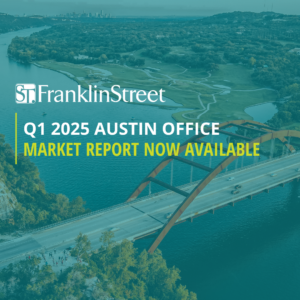Florida is ahead of the curve on job growth and is the bellweather of other trends, said Hernando Perez, a director at Franklin Street. “Rent growth may soften, but overall it’s a very strong market. Vacancy is the lowest it’s ever been in the history of real estate nationally, which bodes well for owners.”
Class A assets, those in the $15 million to $20 million range, are almost impossible to acquire for most private investors, who are the bulk of Franklin Street clients. Institutional investors usually buy those properties he said.
“The airspace is very crowded in classes B and C,” said Mr. Perez. “There is incredible demand. It’s a sellers’ market, and having little competition from single-family home strengthens the value proposition.”
Across the country, 370,000 units of multifamily housing will be delivered this year, he said. “We’re more likely to go back to a concession-driven market.”
The only caveat is that many of these new units will most likely be developed in San Francisco, San Jose, Nashville and Dallas-Fort Worth area, residential hot spots in the US. Though many say that South Florida rents are high, this area is ranked eighth or ninth most expensive in the country, and even that is a relatively recent development, he said.
New projects are coming out of the ground in downtown, in Edgewater, Little Haiti, Little River and Allapattah, he said.
“Development is going north, and caters to people who were priced out of Wynwood and Midtown,” he said. “It’s inevitable. I see continued strength in the market at least for the next 18 to 24 months.”



